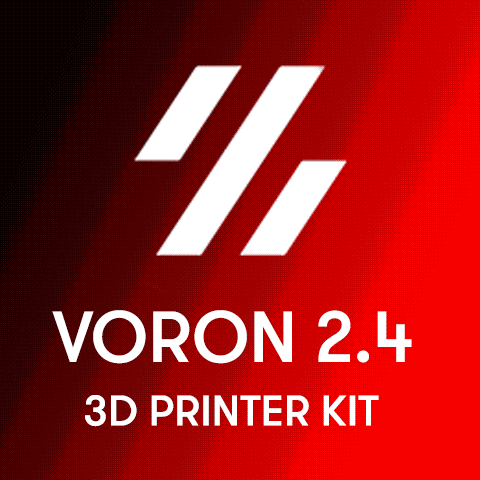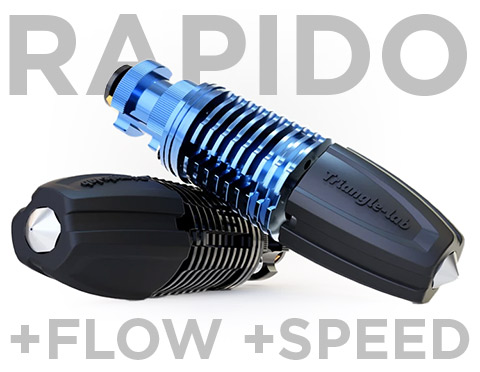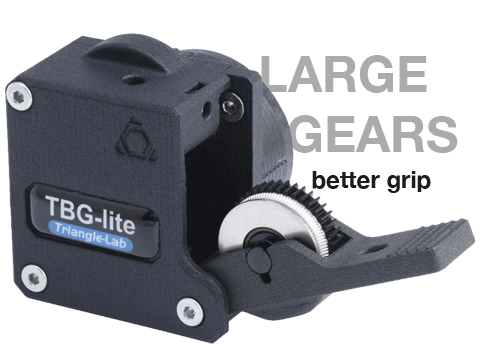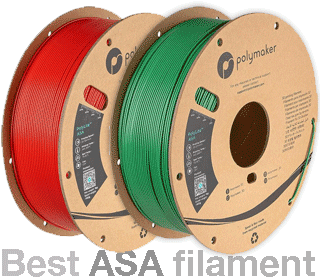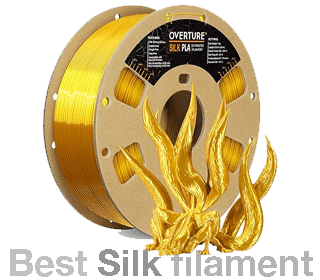If you bought a budget printer or hotend most probably it was designed for up to 240 – 260°C. This is a perfectly fine temperature for PLA, PETG, and ABS. If you want to print Nylon, PC-ABS, PC, Carbon composites, and other exotic filaments though, you need to upgrade your setup for higher temperatures (270-350+°C). One of the upgrades is installing and configuring a high-temperature probe. This article is reviewing the PT100 sensor.
PT100 sensor – advantages for 3d printing
- Enables high temperature and high accuracy readings up to 450°C. It is perfect for 3d printing, because of its excellent stability and repeatability. It could even be used in the range of 450-500°C with small fluctuations.
- More precise than a thermistor
- Mature and reliable technology
- Well-documented for most firmware (Marlin, Klipper, etc.)
PT100 is not a thermistor – you may need an amplifier
The PT100 is not a thermistor. It is an RTD (Resistance Temperature Detector) device. The output from PT100 probes is not supported by most budget control boards by default. It requires a separate converter (amplifier board) to translate the PT100 signal to 0-5V analog signal.
Unless your control board explicitly supports RTD probes you will need an additional amplifier board. Ultimaker 2 and up uses PT100 sensors by default, so no alteration to the electronics or firmware is needed. Most aftermarket control boards need an amplifier board. Some high-end boards like the Octopus I have on my Voron Trident support PT100 sensors.
PT100 – connect an amplifier board
There are 2 ways of connecting a PT100 amplifier board to your control board and 2 types of amplifiers. Let’s call them “traditional” and “easy”.
The “traditional” amplifier requires a free analog input on your board (check the PCB diagram of your boards for pins that start with a capital A (normally on headers labeled AUX or EXP)). The wiring consists in:
- Powering the amplifier board (0v and 5v pins) from your controller or external power supply.
- Connecting the signal output pin to an analog input
- Connecting the probe to the amplifier
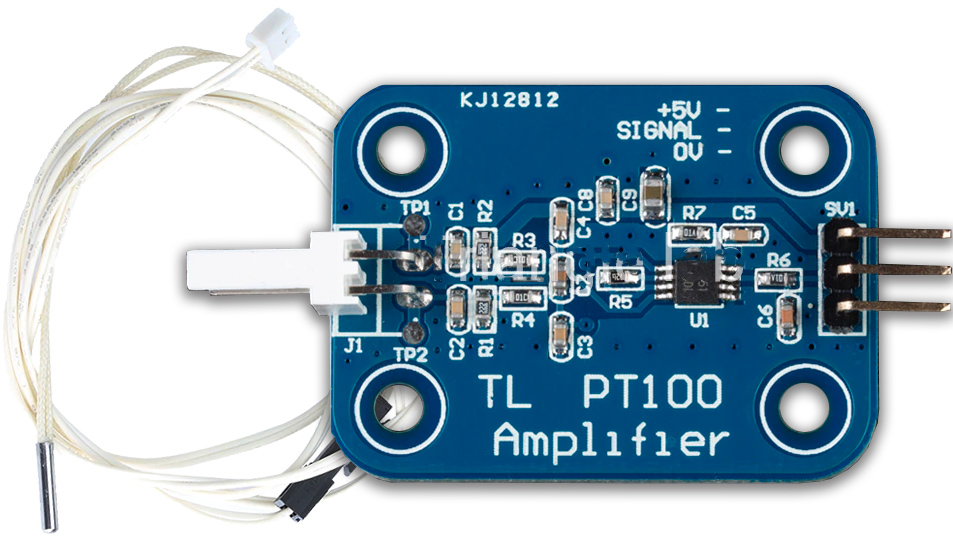
The “easy” amplifier requires a free stepper driver socket. The connection is super easy – just plug the amplifier in the stepper driver socket and connect 4 wires PT100 in the stepper motor connector.
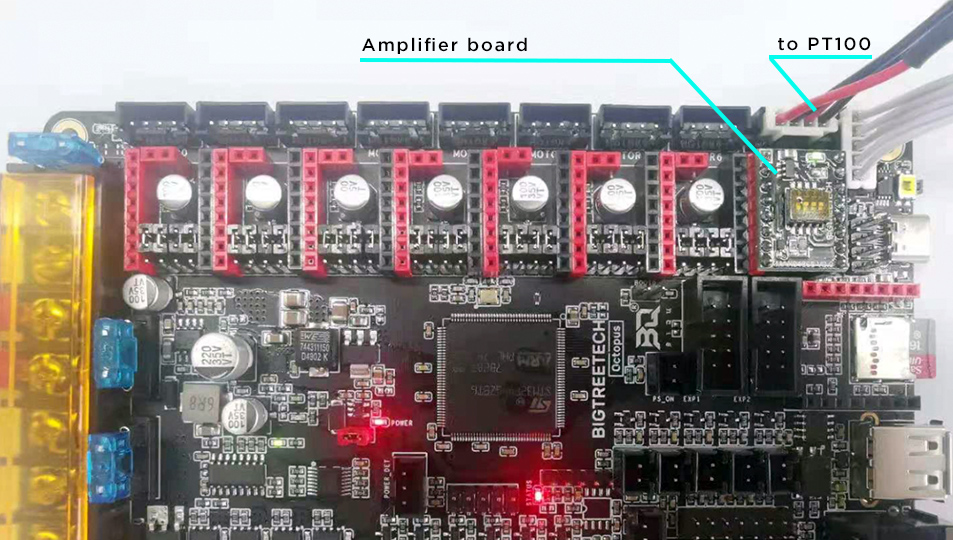
PT100 – alternatives
There is a number of other probes and high-temperature thermistors to enable high-temperature printing. Examples are PT1000, K, or D-type thermistors. Their advantage is they don’t need an amplifier. The huge minus though is they are less accurate than PT100.


